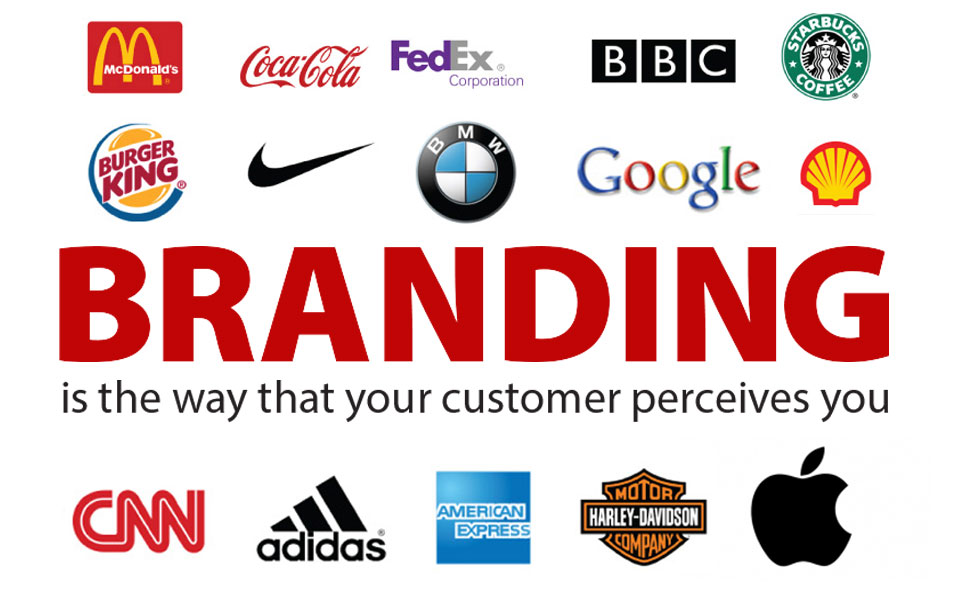
Branding Blunders: When Companies Get It WrongBranding Blunders: When Companies Get It Wrong Branding is a crucial aspect of a company’s success, but it can also be a treacherous path fraught with potential pitfalls. When companies stumble upon branding blunders, the consequences can range from mild amusement to irreparable damage. Here are some notorious examples of branding mishaps: 1. Tropicana’s “Unfresh” Redesign: In 2009, Tropicana debuted a new packaging design that simplified its famous orange mascot into a nondescript “orange orb.” The reaction was swift and merciless, with consumers complaining that the package resembled generic store-brand orange juice. Tropicana’s sales plummeted by 20%, forcing them to revert to their original design within a matter of months. 2. Gap’s “Upscale” Logo: In 2010, Gap attempted to reposition itself as a more upscale brand. They introduced a new logo featuring a sans-serif font and a subtle blue box. However, the public backlash was immense. Customers found the logo dull and uninspired, and Gap was forced to retreat to its classic logo within a year. 3. New Coke: In 1985, Coca-Cola launched a new formula, “New Coke,” in an attempt to unseat Pepsi from its number-one position. The response was overwhelmingly negative. Consumers preferred the original “Classic Coke” and sales suffered. Coca-Cola was forced to reinstate the original formula just 79 days later. 4. Hershey’s Personalized Kit Kat: In 2019, Hershey’s launched a campaign that allowed customers to personalize Kit Kat bars with messages or images. However, the campaign backfired when customers began creating offensive and inappropriate messages. Hershey’s was forced to cancel the campaign and apologize for the oversight. 5. Starbucks’ Race Together Campaign: In 2015, Starbucks launched a campaign called “Race Together,” which aimed to promote dialogue about race. The initiative was met with widespread criticism. Critics argued that it was tone-deaf and put the onus of discussing race on baristas, who were not adequately prepared to handle such conversations. 6. Target’s “Bullseye” Rebranding: In 2018, Target spent millions of dollars on a rebranding effort that included a new logo and advertising campaign. However, the new design was criticized for being bland and forgettable. The backlash forced Target to reassess its branding strategy and make subtle adjustments to the design. 7. United Airlines’ “Passenger Dragged” Incident: In 2017, United Airlines faced a branding nightmare when a passenger was forcibly dragged off a flight. The incident sparked outrage and seriously damaged the airline’s reputation. United’s stock price plummeted, and the company was forced to apologize and implement new passenger policies. Lessons Learned: These branding blunders highlight the importance of: * Thorough market research and consumer testing * Understanding brand identity and staying true to it * Avoiding overreaching and chasing trends * Having a crisis communication plan in place * Listening to customer feedback and recognizing potential pitfalls Branding is an ongoing process that requires constant vigilance and adaptation. Companies that heed these lessons can minimize the risk of costly branding blunders and build strong brands that resonate with their audiences.
Posted inNews